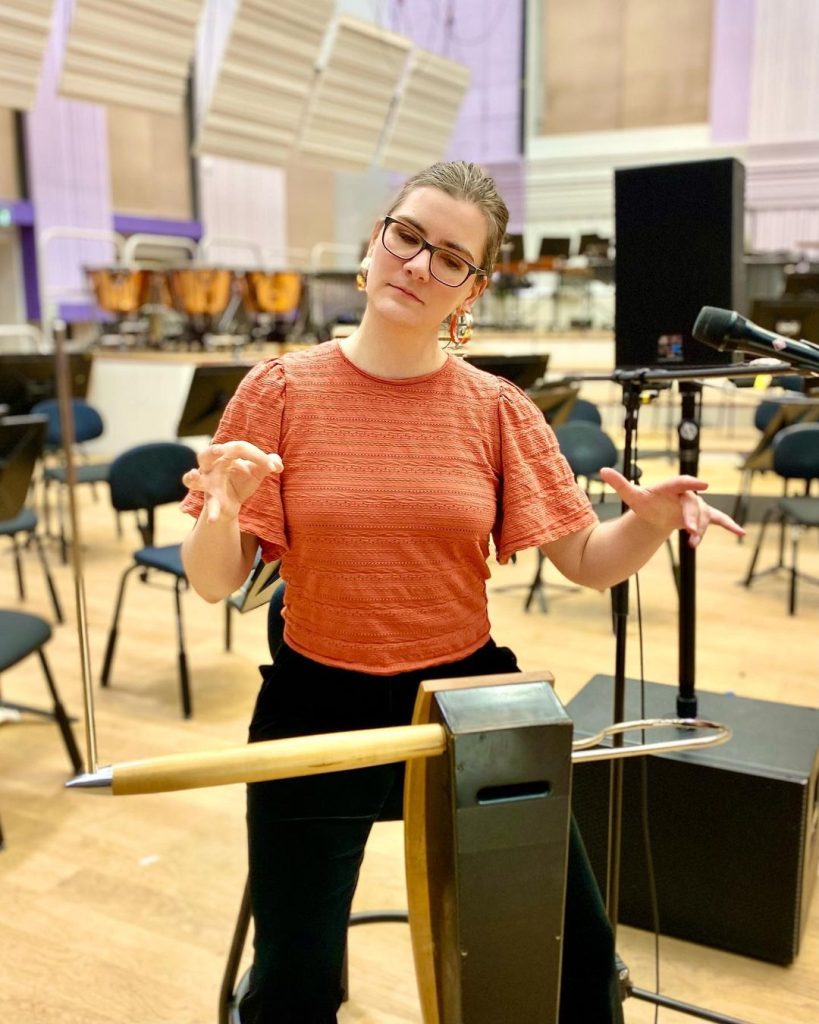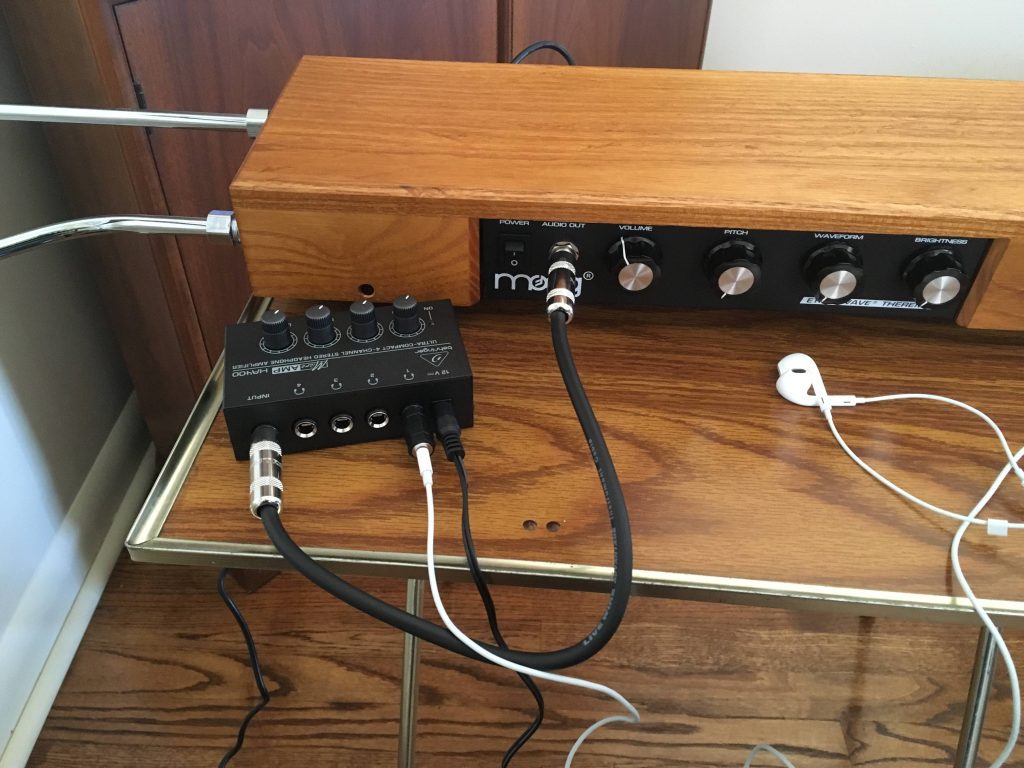What Is The Theremin, And How Does The Theremin Work?
Watching a conductor control an orchestra with the wave of his hands is fascinating. It’s the same way the Theremin gives you the power to create music without an orchestra, just with your hands. In fact, this was the musical instrument’s main selling point when they launched it in the 1930s.
The Radio Corporation of America presented it as the future of electronica. Specialists describe the instrument’s sound as a refined and intensified saxophone. It mixes a child’s slide whistle, human voices, and white noise.

History Of The Theremin
The father of the musical instrument is Leon Theremin. He worked as a technician in Russia and got the idea for the Theremin while working on an electromagnetic field. He observed that moving his body disrupted the magnetic field. It made sense since the human body can hold an electric charge. As a musician and cellist on the side, this discovery stirred his curiosity. He researched deeply into how he could exploit the waves to make music.

How Does It Work?
The Theremin comprises two circuits – a volume and a pitch circuit. The former uses two oscillators (fixed and variable). As the names imply, one of the two produces static waves. The other oscillator generates a range of frequencies through a vertical antenna. ‘Heterodyning’ is the process that mixes the signals.
Adjusting the two different frequencies and their amplification produces an audible musical tone. While the pitch circuit is in charge of the tone, the other handles the volume. It is also an oscillator that disrupts the magnetic field surrounding the antenna. The performer’s hand movements control the level of the tune.
